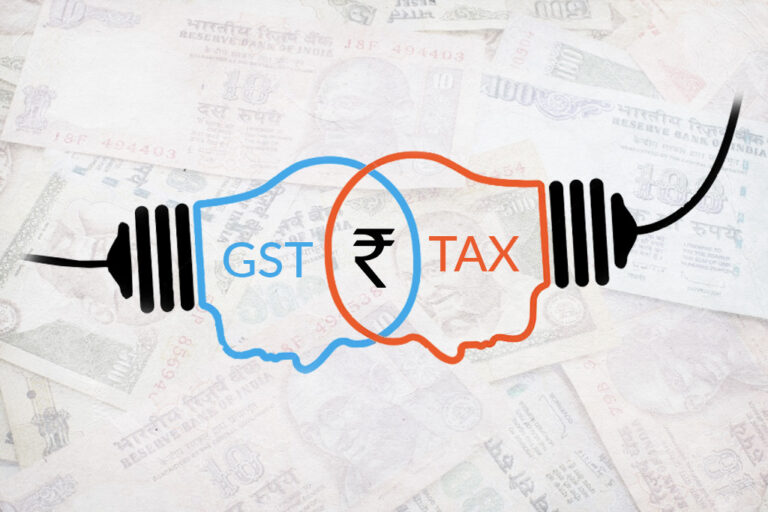Unveiling the GST Tax Rates

GST or the Goods and Services Tax is one of the much awaited and biggest tax reforms in India in last 70 years. GST claims to unify all the taxes levied throughout the country in a bid to eradicate inflation and induce economic growth. On 3rd of November, 2016, the GST council decided to get rid of the “the rich get richer and poor get poorer” catchphrase in India, as it revealed its four tier tax rates, applicable from the month of April.
So, what does the council has for the country folks?
The tax system has been categorised into four range i.e. 5%, 12%, 18% and 28% (steeper to the pre-proposed 6%, 12%, 18% and 26%). Let us apprehend them for a better understanding:
The 5% slab: The GST council has been very keen on eradicating inflation. as it has cut out the taxes levied upon grain and food (which constitutes up to 50% of the consumer inflation basket). To add more to it, the 5% tax slab is levied upon the common use products, in comparison to the earlier 9%.
The 12% & 18% slab: The two standard rates that would be applicable upon bulk items such as processed products, oils, soaps, etc. will be further categorised in the upcoming session as which commodity falls in which slab.
The 28% slab: The council has been keen on uplifting the economic equality, as the top percentile slab will be applied upon luxury and white goods along with tobacco and aerated drinks. An addition cess will also be implied on these goods to compensate for the rollout losses.
Another rate slab is yet to be decided for gold and other precious metals, which is likely to be around 4% (as proposed earlier). (Source: Economic Times)
Though these slabs are yet to be approved by the Parliament, the GST council has put their best foot forward to get rid of the indirect taxations in an attempt to gain a steady control over the administration of the overall tax system.
Restrainers:
- An amount of 50,000 crore would be needed to compensate for the loss that the states had to bear from GST rollout, for which a lapsable clean energy cess and additional cess will be levied for the initial five years, said the Finance Minister. (Source: TOI)
- The service tax shoots up to 18% from the previous 15%.
- It may take a considerable amount of time for the governments as well as the common people to acclimatize with the new system.
However, these restrainers are momentary and assure long-term benefits for both the common man and the government. And, the council is more likely to get into training and testing mode in preparation of the new taxation system, that could be the game changer for a developing nation like India.
Disclaimer: All the views, opinions and information expressed in this blog are those of the author and its sources and in no way reflect the principles, views or objectives of Sage Software Solutions (P) Ltd.